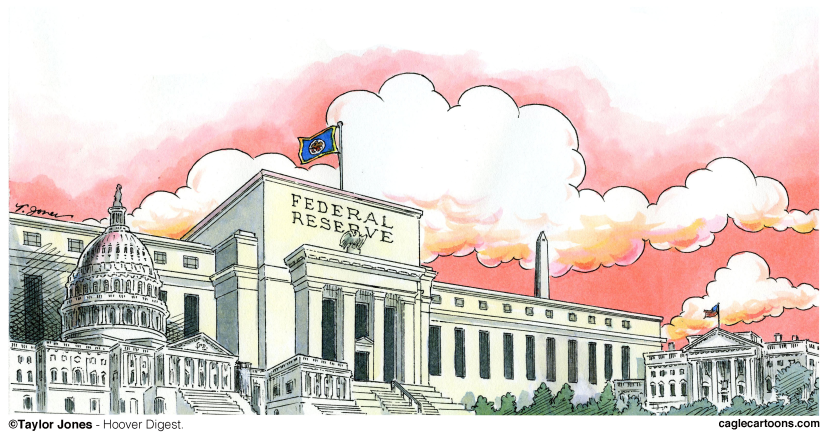
Subscribers Only Content
High resolution image downloads are available to subscribers only.
Not a subscriber? Try one of the following options:
OUR SERVICES PAY-PER-USE LICENSINGFREE TRIAL
Get A Free 30 Day Trial.
No Obligation. No Automatic Rebilling. No Risk.
Wouldn’t it be nice not to wait days for checks to clear and funds to become available?
Beyond the convenience for individuals, it would be enormously beneficial for the U.S. economy, which lags behind Europe in real-time payments. For some cash-starved small businesses, funds clearing immediately can make the difference between workers being on the job or sitting at home.
So we should all be pleased that an effective real-time payments system is being developed and deployed in the United States. About 60 percent of all deposit accounts in the country are already connected to the commercially developed system called The Clearing House (TCH), which expects to cover about 90 percent of all U.S. banks by the end of the year.
But we should be dismayed that shortly after the Federal Reserve studied the issue and recommended that banks develop a private sector real-time payment system, the Fed announced that it would itself build and deploy a system to compete with the private market. The regulator will also be a competitor, creating an inherently unfair playing field, and the systems are unlikely to be interoperable. Smaller banks will likely choose to participate in only one given the fixed costs involved, and that means a balkanized, bifurcated real-time payments system in which the sending and receiving account in many transactions will have to default to older, slower payment methods.
Worse, the Fed’s system, dubbed FedNow but more accurately described by the Wall Street Journal as Chairman Jay Powell’s Public Option, will take at least five years to develop, which will almost certainly slow adoption by banks that choose to wait for the Fed’s system. That means the benefits of real-time payments will be delayed for years for many businesses and individuals.
Moreover, there is no lack of competition in the private sector that might justify the Fed stepping in as an operator. While TCH is poised to become widely accepted, it faces intense competition from existing private sector alternatives including Zelle, Mastercard Send, and Visa Direct.
As leading free market economists told the Fed earlier this year: “Generally, central banks and governments should not interfere in the payments market by operating their own services. Over the long term, government competition with the private sector will distort the market, stifle innovation, and ultimately harm services to banks and consumers. “
Nonetheless, the Fed is moving forward with its plan, which is presently open to the public for comment. Fed Governor Lael Brainard leaned heavily in her August announcement on the fact that 350 commenters supported the proposal, so it might be helpful if thousands of citizens now weighed in against it.
Unfortunately, it is possible that the Fed – perhaps the most powerful and least accountable entity in the entire Federal government – will disregard skeptical public comments. And unless President Trump and the Senate can agree – after many failures – on new nominees to fill the Fed’s vacant board seats, nothing is likely to change the Feds thinking, which appears to be more about enhancing its own power than realizing the benefits of real-time payments.
–
Copyright 2019 Phil Kerpen, distributed by Cagle Cartoons newspaper syndicate.
Mr. Kerpen is the president of American Commitment and the author of “Democracy Denied.” Kerpen can be reached at [email protected].